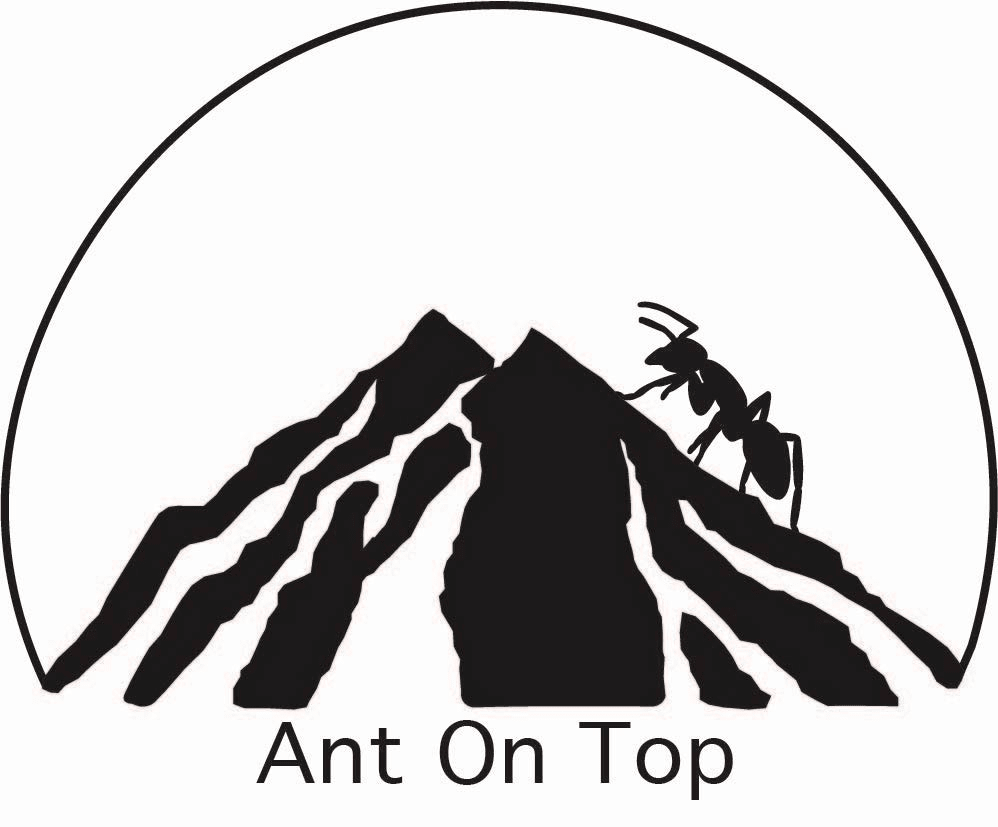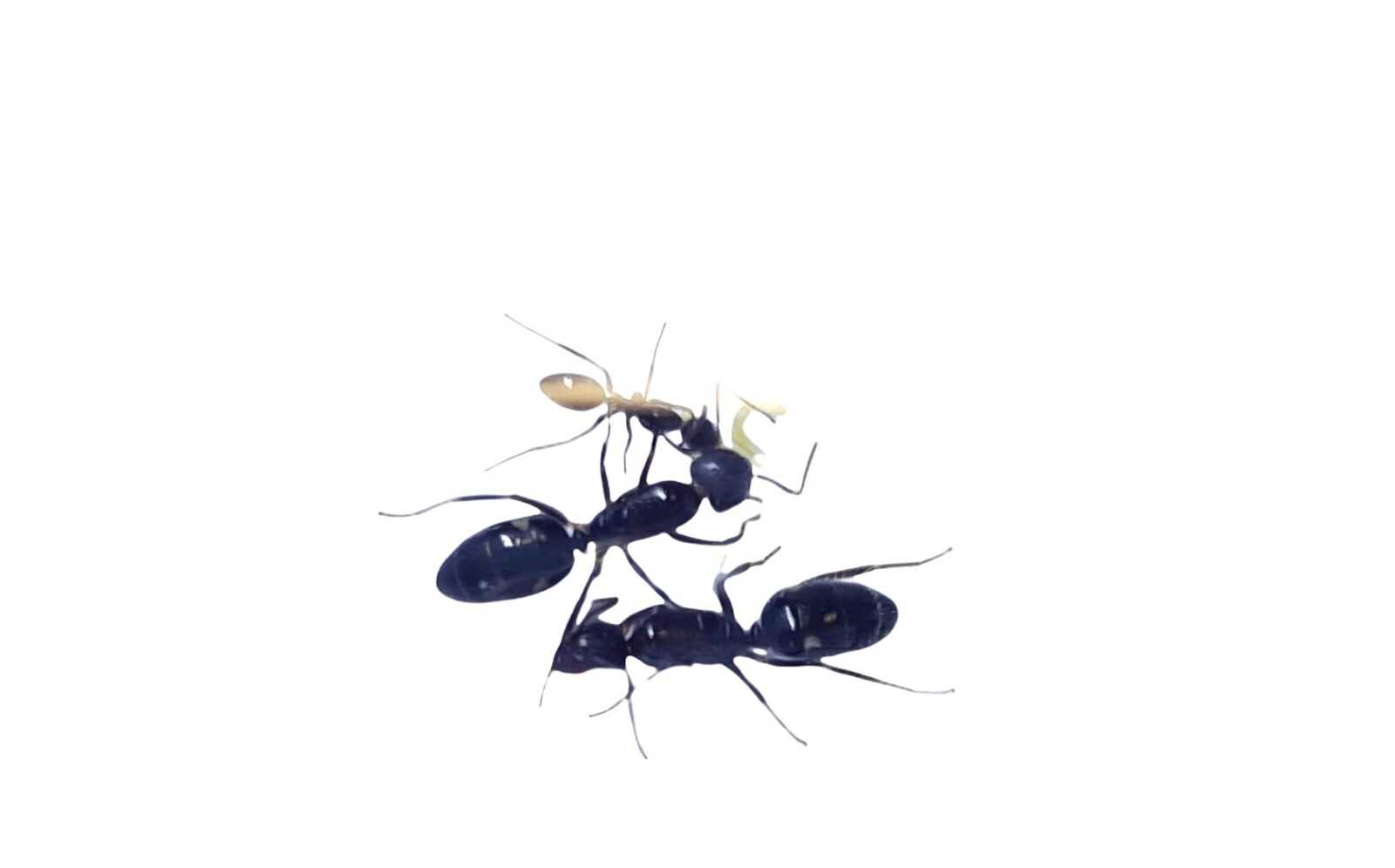Camponotus sexguttatus: A Fascinating Species of Ants
Discover the captivating world of Camponotus sexguttatus, a species of ants known for their unique characteristics and behaviors. Whether you’re an experienced ant enthusiast or a beginner ant keeper, this detailed product description provides valuable insights into caring for and managing these fascinating creatures.
Colony Type: Polygyny
One distinct feature of Camponotus sexguttatus colonies is their polygynous structure, which means they can have multiple queens. This sets them apart from other ant species and adds complexity to their social organization and behavior.
Colony Size
A mature Camponotus sexguttatus colony can consist of up to 10,000 workers. With such a large number of workers, these industrious ants are capable of carrying out complex tasks and exhibiting efficient division of labor.
Development Rate: Medium
The development rate of Camponotus sexguttatus can be classified as medium. This allows ant keepers to observe the various stages of ant development and appreciate the intricacies of their life cycle.
Size
The size of Camponotus sexguttatus ants varies depending on their role within the colony:
- Queen: The queen ant measures between 5-7mm in length, making her the largest ant in the colony.
- Workers: The worker ants range in size from 4-5.5mm and perform essential tasks such as foraging and caring for the brood.
- Majors: The major ants, also known as soldiers or guards, measure between 4-6mm and defend the nest from predators and threats.
Camponotus sexguttatus is characterized by glossy black bodies with black stains on the abdomen, making them visually striking in both natural and captive environments.
Nutrition
Proper nutrition is crucial for the health and well-being of Camponotus sexguttatus colonies. Their diverse dietary requirements include:
- Food Insects: Camponotus sexguttatus ants primarily feed on insects such as cockroaches and crickets for protein.
- Syrup: A mixture of water and honey serves as a valuable source of carbohydrates.
- Fruits and Vegetables: Offering a variety of these provides essential vitamins and minerals.
- Jelly: Some ant keepers provide jelly as an additional food source.
- Cooked Chicken: A small amount of cooked chicken without salt can be offered occasionally for protein.
Ensuring a well-balanced diet is crucial for the overall health and productivity of Camponotus sexguttatus.
Humidity
Camponotus sexguttatus thrives in environments with specific humidity levels:
- Arena: The recommended humidity range for the arena is 60-80%.
- Nest: Similar to the arena, the nest should have a humidity range of 60-80%.
Monitoring and regulating humidity levels is essential to simulate their natural habitat and provide optimal conditions for growth and reproduction.
Temperature
The temperature preferences for Camponotus sexguttatus ants are:
- Arena: The recommended temperature range for the arena is 21-30°C.
- Nest: The nest temperature should ideally be kept between 24-28°C.
Creating a suitable thermal environment is crucial for their well-being and allows them to thrive in captivity.
Features of the Species
Camponotus sexguttatus exhibits unique characteristics and behaviors:
- Small Ants: Camponotus sexguttatus ants are relatively small, enabling them to navigate intricate spaces with precision.
- Aggressive Defense: They exhibit aggressive behavior when threatened, ensuring the colony’s safety.
Observing these fascinating behaviors adds to the appeal and intrigue of having Camponotus sexguttatus colonies as part of your ant keeping hobby.
Recommended Nests for Breeding
Creating an ideal nesting environment for Camponotus sexguttatus requires suitable materials:
- Acrylic: Acrylic nests provide excellent visibility and allow easy observation of the colony.
- Cork: Cork nests are natural, visually appealing, and offer good insulation properties.
- Plaster: Plaster nests are customizable, durable, and allow for complex tunnel systems.
- Aerated Concrete: Aerated concrete nests offer a lightweight, porous, and solid structure.
Choosing the right nest material is crucial for successful breeding and long-term care of Camponotus sexguttatus colonies.
In conclusion, Camponotus sexguttatus is a captivating species of ants with unique characteristics, behaviors, and requirements. By understanding their colony structure, size, development rate, nutrition, humidity, temperature preferences, and suitable nest materials, ant keepers can provide optimal care for their colonies. Whether you’re a seasoned ant keeper or a beginner enthusiast, this comprehensive product description equips you with the knowledge necessary to embark on a rewarding journey of ant keeping.
















Reviews
There are no reviews yet.